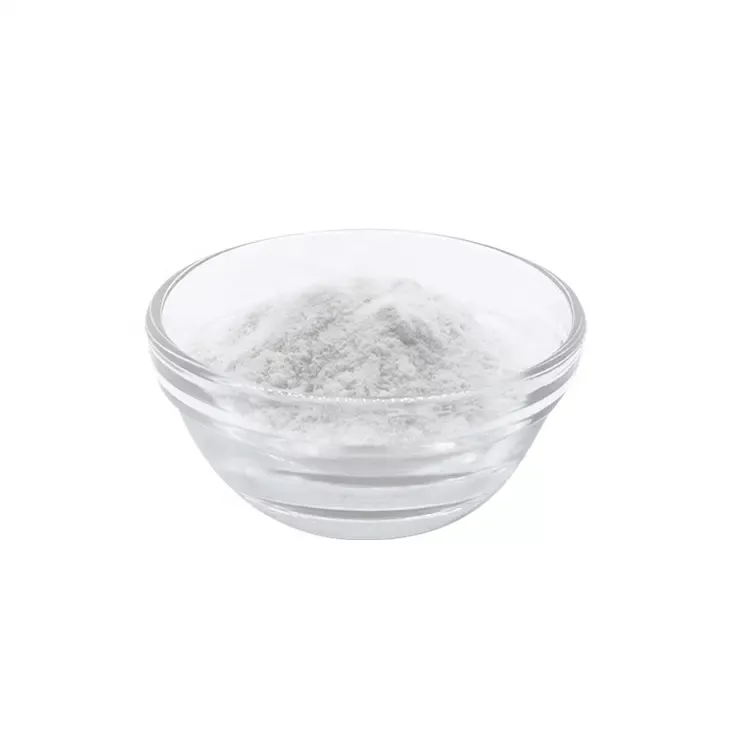Warning: Undefined array key "title" in /home/www/wwwroot/HTML/www.exportstart.com/wp-content/themes/1198/header.php on line 6
Warning: Undefined array key "file" in /home/www/wwwroot/HTML/www.exportstart.com/wp-content/themes/1198/header.php on line 7
Warning: Undefined array key "title" in /home/www/wwwroot/HTML/www.exportstart.com/wp-content/themes/1198/header.php on line 7
Warning: Undefined array key "title" in /home/www/wwwroot/HTML/www.exportstart.com/wp-content/themes/1198/header.php on line 7
- Afrikaans
- Albanian
- Amharic
- Arabic
- Armenian
- Azerbaijani
- Basque
- Belarusian
- Bengali
- Bosnian
- Bulgarian
- Catalan
- Cebuano
- China
- China (Taiwan)
- Corsican
- Croatian
- Czech
- Danish
- Dutch
- English
- Esperanto
- Estonian
- Finnish
- French
- Frisian
- Galician
- Georgian
- German
- Greek
- Gujarati
- Haitian Creole
- hausa
- hawaiian
- Hebrew
- Hindi
- Miao
- Hungarian
- Icelandic
- igbo
- Indonesian
- irish
- Italian
- Japanese
- Javanese
- Kannada
- kazakh
- Khmer
- Rwandese
- Korean
- Kurdish
- Kyrgyz
- Lao
- Latin
- Latvian
- Lithuanian
- Luxembourgish
- Macedonian
- Malgashi
- Malay
- Malayalam
- Maltese
- Maori
- Marathi
- Mongolian
- Myanmar
- Nepali
- Norwegian
- Norwegian
- Occitan
- Pashto
- Persian
- Polish
- Portuguese
- Punjabi
- Romanian
- Russian
- Samoan
- Scottish Gaelic
- Serbian
- Sesotho
- Shona
- Sindhi
- Sinhala
- Slovak
- Slovenian
- Somali
- Spanish
- Sundanese
- Swahili
- Swedish
- Tagalog
- Tajik
- Tamil
- Tatar
- Telugu
- Thai
- Turkish
- Turkmen
- Ukrainian
- Urdu
- Uighur
- Uzbek
- Vietnamese
- Welsh
- Bantu
- Yiddish
- Yoruba
- Zulu
Nov . 09, 2024 20:07 Back to list
Examining the Various Uses and Advantages of Adipic Acid in Industry and Beyond
Exploring the Diverse Applications and Benefits of Adipic Acid
Adipic acid, a six-carbon dicarboxylic acid, is a key compound in the chemical industry, primarily known for its application in the production of nylon. However, the versatility of adipic acid extends beyond just the synthesis of polyamides. This article explores the diverse applications and benefits of adipic acid across various industries, highlighting its significance in modern manufacturing and environmental initiatives.
One of the most prominent uses of adipic acid is in the production of nylon 66, which is pivotal in textile manufacturing. Nylon 66 fibers, known for their strength, durability, and resistance to abrasion, are used in a range of products including clothing, carpets, and automotive interiors. The lightweight nature coupled with excellent elasticity makes nylon an ideal choice for both consumer goods and industrial applications. Furthermore, the global demand for high-performance materials has only amplified the importance of adipic acid in the textile sector.
In addition to textiles, adipic acid plays a crucial role in the production of various plastics and elastomers. It is used in the synthesis of polyurethanes, which are essential for creating foams, coatings, adhesives, and sealants. The versatility of these products makes them valuable in numerous applications from furniture and automotive components to construction materials. The ability of adipic acid to improve the durability and performance of these materials contributes significantly to innovation in product development.
Moreover, adipic acid is utilized in the food industry as an acidulant. It helps regulate acidity and enhance flavor in a variety of food products. The food-grade quality of adipic acid ensures that it can be safely included in consumables, marking its relevance in food science and technology. As consumer preferences shift towards healthier and more natural food products, the application of safe food additives like adipic acid can help improve the quality and shelf-life of packaged foods.
'exploring the diverse applications and benefits of adipic acid ...'

Environmental sustainability is another area where adipic acid showcases its potential benefits. Traditional methods of producing adipic acid have raised concerns due to their environmental impact, particularly the greenhouse gas emissions associated with the synthesis process using petroleum-derived raw materials. However, ongoing research is focusing on bio-based production of adipic acid using renewable resources like corn and sugarcane. This shift towards sustainable production methods reflects a growing commitment within the chemical industry to reduce carbon footprints and promote greener practices.
Additionally, the development of biodegradable polymers from adipic acid is an emerging trend that aligns with global efforts to combat plastic pollution. By incorporating adipic acid into biodegradable materials, researchers are working towards creating sustainable alternatives that can mitigate environmental harm while maintaining the performance characteristics needed for various applications.
The pharmaceutical industry also benefits from adipic acid, which serves as an intermediate in the synthesis of various drugs. Its chemical structure allows for the development of active pharmaceutical ingredients (APIs), streamlining processes in medicinal chemistry. As the world continues to confront health challenges, the role of adipic acid in pharmaceuticals becomes increasingly significant.
In conclusion, adipic acid is a vital chemical compound with diverse applications across several industries, including textiles, plastics, food, and pharmaceuticals. As the industry moves towards sustainability, the transition from traditional production methods to bio-based alternatives, as well as the development of biodegradable materials, will be essential for reducing environmental impacts and enhancing the benefits of adipic acid. Its unique properties and versatility position it as a crucial compound that will continue to drive innovation and sustainability in the years to come.
Latest news
-
Certifications for Vegetarian and Xanthan Gum Vegetarian
NewsJun.17,2025
-
Sustainability Trends Reshaping the SLES N70 Market
NewsJun.17,2025
-
Propylene Glycol Use in Vaccines: Balancing Function and Perception
NewsJun.17,2025
-
Petroleum Jelly in Skincare: Balancing Benefits and Backlash
NewsJun.17,2025
-
Energy Price Volatility and Ripple Effect on Caprolactam Markets
NewsJun.17,2025
-
Spectroscopic Techniques for Adipic Acid Molecular Weight
NewsJun.17,2025

